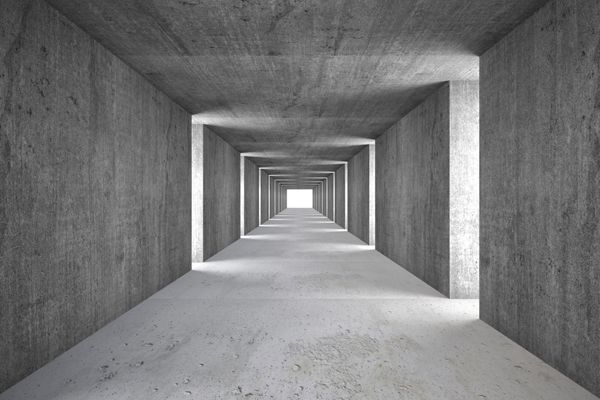The National Bank of Australia demonstrates the importance of edges for creating a human-friendly environment.

May 29th, 2015
Thigmotaxism is part of our genetic evolution – we tend to “hug the walls.” We walk forwards – seldom backwards or sideways – and our eyes scan forwards. We are more comfortable in streets as we can see what lies ahead and there are buildings nearby for protection. Wide-open spaces, on the other hand, mean danger could come from any direction.
Professor Justin Hollander, AICP, Tufts University, Massachusetts, says, “Architects can consider these tendencies as they design buildings. That means arranging buildings on a site in such a way that creates paths where “wall-hugging” is natural – the antithesis of this is when buildings are arranged so that a person would need to walk through an open, exposed area to traverse a path. Additionally, making edges interesting, complex, and attractive can reinforce those edges.”
The National Bank of Australia Building on its triangular footprint at 700 Bourke St, Melbourne, uses thigmotactic design, with work areas divided into eight zones with no more than fifty people in each zone. Kylie Holton, Woods Bagot Associate, explains, “The main workspaces have been brought back from the atrium by about two metres, with social spaces occupying these edges. We created enclosed meeting rooms here to allow for privacy, as well as more open social spaces, where the open void is softened by the use of rugs, cushions and planting to create a softer edge.”
The triangular window panels in red, orange and green reference a dynamic natural environment – think falling leaves. The interior echoes this with triangular patterns used in office divisions as well as innovative use of plants as screens, allowing workers to be stimulated yet sheltered, encouraging optimum performance. “The interiors borrowed the triangular motif used in the architecture, rather than incorporating a new, contrasting visual element. This creates a continuation of the design language, a harmonious overall look and feel, through exterior and interior. The triangles were also used at a human scale and in a fun way, so they don’t fight with the architecture,” concludes Holton.
Woods Bagot
woodsbagot.com
A searchable and comprehensive guide for specifying leading products and their suppliers
Keep up to date with the latest and greatest from our industry BFF's!

In the pursuit of an uplifting synergy between the inner world and the surrounding environment, internationally acclaimed Interior Architect and Designer Lorena Gaxiola transform the vibration of the auspicious number ‘8’ into mesmerising artistry alongside the Feltex design team, brought to you by GH Commercial.

Marylou Cafaro’s first trendjournal sparked a powerful, decades-long movement in joinery designs and finishes which eventually saw Australian design develop its independence and characteristic style. Now, polytec offers all-new insights into the future of Australian design.

This Saturday in Sydney, leading workplace brands bring you the latest design intel on the rapidly changing workplace sector.

We visit Phillip Withers at his leafy Shrub Hub studio to find out how design thinking is shaping contemporary Australian gardens, and what makes a great green wall.
Design Clarity have recently completed a project in the Queen Victoria Building in Sydney’s CBD. The Cupcake Bakery is described by the designers as a sort of “Martha Stewart meets Sex and the City”. The project was completed in December last year. From the Designers: “Faced with a challenging corner site in a high traffic […]
The internet never sleeps! Here's the stuff you might have missed

Beau Fulwood and Alison Peach on returning to a low-tech, first-principles concept of design as a strategy to combat climate change.

An entry by MuseLAB, in The Retail Space in the 2024 INDE.Awards, takes shoppers to another planet where diamonds and great interior design make a lasting impression.

Overcoming pandemic hurdles to redefine guest experiences amidst Sydney’s bustling entertainment precinct, The Darling has undergone a two-year restoration that melds Art Deco interiors with the necessities of hotel living.